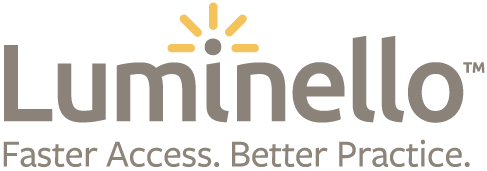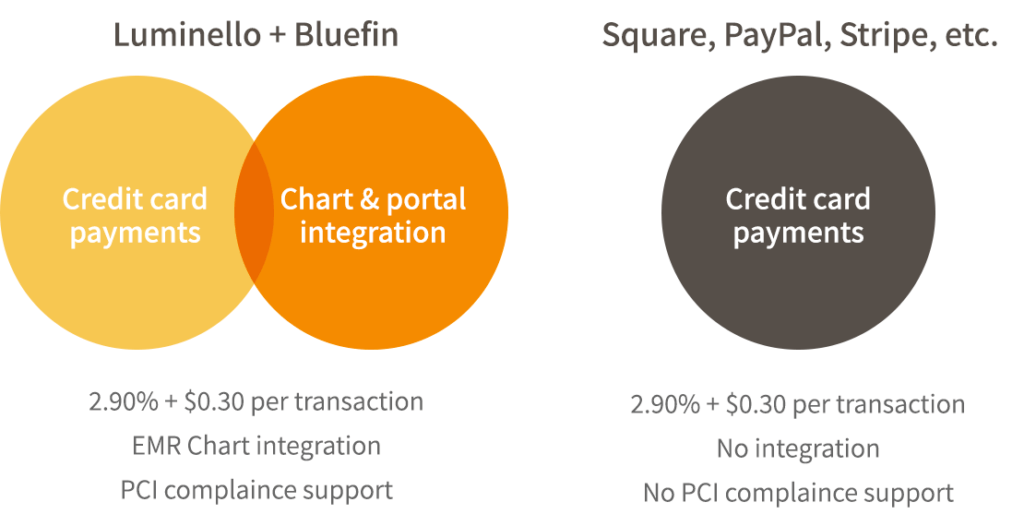Enlightened Practice Podcast
In today’s episode as part of our quick questions series, our hosts wrestle with the question of should you keep a waitlist of interested clients and patients, and what are the pros and cons.
If you want your question featured and discussed on the show, simply send it to [email protected]. We’d love to hear from you.
Transcript of the podcast
Ken: Hi Kari. Welcome back.
Kari: Hi Ken. Thanks for having me.
Ken: So, today we’re going to wrestle with the question of should you keep a waitlist or not of interested clients and patients, and what are the pros and cons? So, I’m curious, do you keep a waitlist?
Kari: I don’t keep a formal waitlist, but I will from time to time tell clients that they’re welcome to reach back out to me in a certain period of time that I might be anticipating an opening, but I let them know that I can’t guarantee that the spot will be open then or I’m not like saving the spot for them. I’m often redirecting them to another referral but if they haven’t connected with someone then they’re welcome to check back in with me. One of the reasons I do that is because I simply don’t want the responsibility of having to keep track and remember to reach back out to them, which I think is one of the potential cons.
It’s more work for the therapist to keep a waitlist. Certainly, one of the pros I think is that if you really do have people waiting and a spot unexpectedly opens up, then great. You have a list of people that you can reach out to and fill your spot quickly if they’re still around, but I personally prefer the client to have the responsibility of reaching out to me, one, just from a time management perspective. It feels challenging to keep up with the responsibilities as they are and to add reaching out to people on top of that sounds pretty difficult, but also, I think just from a therapy motivation perspective, if a client follows through, it really is a good sign that they’re motivated for treatment. So, I think it has that added benefit. I’m sure there are more pros and cons of having a waitlist or not. I’m curious to hear what you do and why?
Ken: Sure. I keep a very informal waitlist. So, requests come into my practice through the portal usually, or if someone leaves a voicemail, we redirect them to fill our request through the portal. And if I don’t have availability at that time, I’ll have my assistant reach out to them and let them know what we’re generally looking at in terms of wait, and like you, we encourage them to contact us. So, I don’t say I’ll ever be back in touch with them again, so it’s not a formal waitlist and that we’ll call you as soon as there’s availability. But, as you said, it is nice and maybe it’s a little different in the medication side of things where you’re not necessarily looking as closely at the psychology of the clinician reaching out to the client to say, come into my practice.
I think from a therapy point of view it’s not the optimal way to get started. That said, in the medication side of things sometimes patients have called twenty psychiatrists and nobody has availability and they’re just so relieved to find out that a medication slot is available. So, I feel like it’s a little bit of different dynamic. If I have an open therapy slot, I don’t reach out to people who are on a waitlist for that. And we tell them to check back periodically. What we tell them is, availability is catches catch can. So, everybody always wants to know, well, when? And I never know the exact time or date. So, we just say, check back periodically. We won’t get annoyed if we hear from you, and I would say occasionally we do hear back from people. And if I’ve heard from somebody multiple times over let’s say a six months period that makes me feel that they’re quite motivated to begin treatment. I’m curious do you end up hearing back from people months later?
Kari: I do. I actually have had several people check back in and ask if I happen to have any availability. There have been times that they check in at the right time and I do, and I guess, it’s not necessarily a waitlist per se. But, there are some occasions that I know for whatever reason that I’m ending or terminating with a current client, because let’s say they’re moving out of state and I know the date that’s happening. Let’s say maybe it’s in four weeks and someone happens to email me that day and ask, I’ll let them know I have a spot opening in four weeks and I could schedule you in for four weeks from now and it’s a wait, it’s not necessarily a waitlist.
Ken: Ah!
Kari: And that kind of works out well and then I know that spot will be filled as soon as the other client moves out of the state. But, what I’m also mindful of is that of the best interest of the client as far as I can tell from a phone intake, because that’s another thing to think about, does the client need immediate help? And if they do, then you’re probably better just referring. But, if it’s not urgent and if I don’t necessarily think it’s urgent and they don’t then that’s another way of doing it if you happen to know you have a spot opening up, even if it’s not for four weeks.
Ken: Well, that’s a great point. Occasionally in the past, I have booked patients for med intakes, a couple of months out, the challenge with that is they might forget because it’s so far out or they might get in to see somebody the next day and just didn’t mention it to us, didn’t think to cancel their appointment. And then you’re put in a bit of an awkward position, even though automated reminders go out, sometimes people just can mentally dismiss those. Then, it gets into the awkward conversation of you no-showed for an appointment that you made three months ago and you have no intention of coming in, and how are you going to account for that time?
So, that can be challenging, but if you send them a reminder a month out and say, are you still interested or have you found somebody else? I think that can be reasonable. So, in the med context, I think scheduling them out could be a relief for some people. I agree from a therapy perspective, if you’re scheduling somebody more than a month out, it could be more for your own benefit than their own benefit. So it’s something to think through very carefully. I think there’s always pros and cons.
Kari: Yeah. I think, from what I’ve heard from people who do keep a waitlist, basically, my understanding of how people do that, is they literally keep a list. I think it’s either kept in a confidential folder because you do have to remember that part of this, or using some kind of confidential wording like initials or something like that. And my understanding is that at the same time you put someone on your waitlist it’s also I think potentially part of our ethical duty to simultaneously give them referrals, like making sure we’re taking care of the client and it’s kind of their choice if they want to wait or go somewhere else, as opposed to if you don’t offer them referrals it might feel like you’re the only choice for them and that might not necessarily be that.
So, I think it’s feasible that way. Like, you have your list, you can call them when you have an opening, but also you know that the client can make their own choices in that time. You could call them and they could not answer, or say, sorry I’ve found someone else. I guess, that’s my understanding of how people do it.
Ken: That’s good point. It leads t kind of a similar question about how do you fill slots last second? And maybe we’ll save that for a different time. If you are reaching out to them and there’s only a few days, then do you reach out to multiple people that are on the waitlist and say it’s first come first served. That creates a whole other set of psychological complexity to it if they feel like they’re competing with other clients for your attention.
Kari: Right.
Ken: But, why don’t we save that for a different podcast.
Kari: Yeah.
Ken: Okay Kari. Well, it was great chatting about this as always. There’s way more complexity than I originally thought there was. So, great to learn from you and looking forward to chatting again soon.
Kari: You too. Bye.
Ken: Take care, bye.





